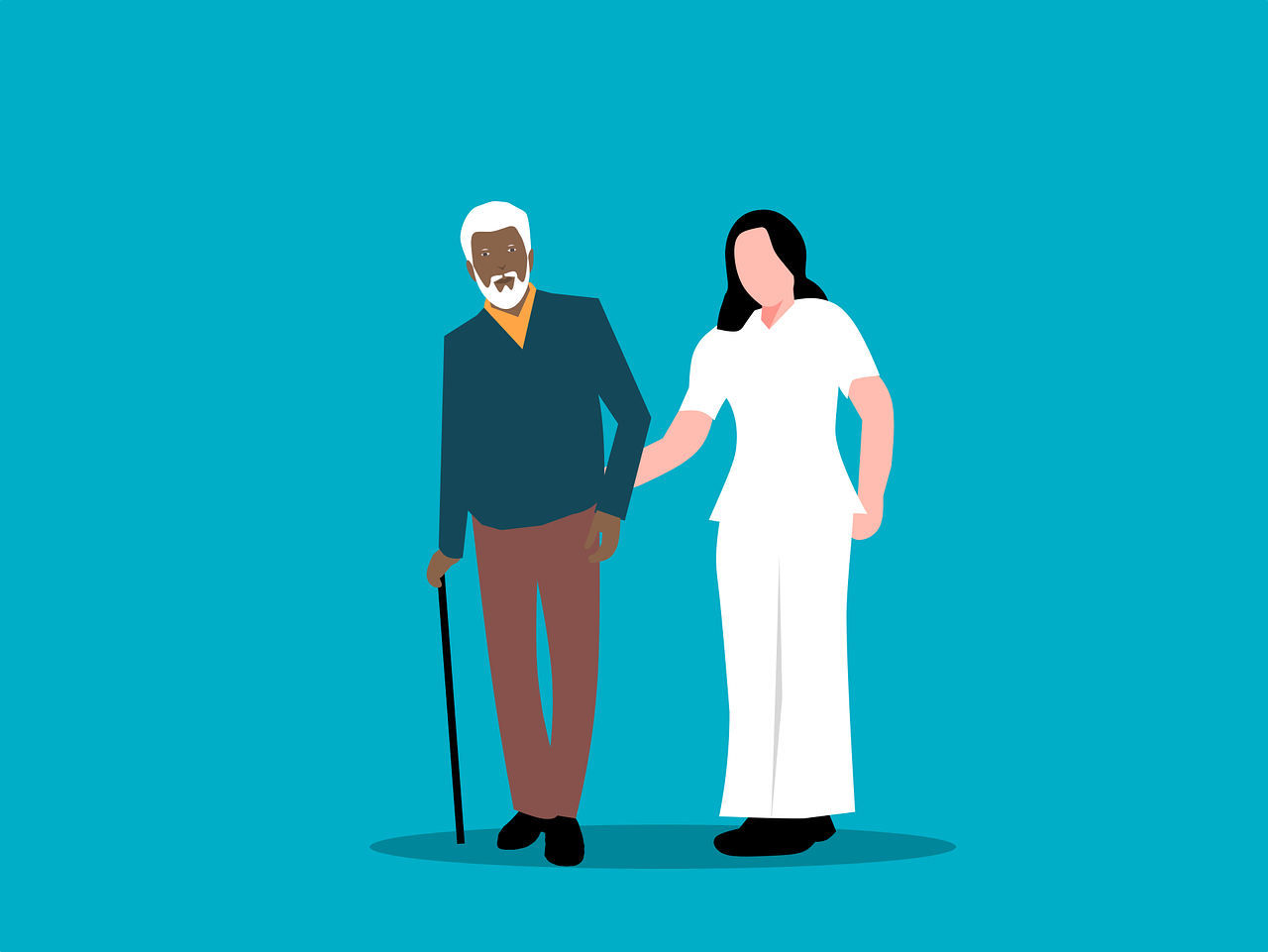Before I joined Nevvon I spent time working in healthcare and fintech helping to steer companies towards more successful futures. Part of my role was monitoring for emerging technologies, new business models and the next industry shake-ups. Amy Webb has coined the term "signals” for this type of work.
Among the numerous signals we watch at Nevvon, these are three that we are paying especially close attention to:
- Economic - The home care financial model is driving consolidation and vertical integration through mergers and acquisitions among other things to allow agencies to achieve greater cost controls and streamline patient care. Agencies big and small, are on buying and selling sprees. This trend is nothing new, but the pace is accelerating. For example Help at Home just entered the New York market with the acquisition of Edison & Preferred Home Care and AccentCare’s 2020 merger with Seasons.
- Business Environment - The big players, Walgreens, CVS, Amazon, Google etc. have all made entrances into home care and are expanding their footprints quickly. From the $69 billion merger of CVS/Aetna, to the launch of Amazon Care in 2019, or the more recent $5.5 billion investment Walgreens made in CareCentrix and VillageMD to “Deliver Value-Based Primary Care to Communities Across America”, they are all looking for valuable ways to enter the home. No pun intended.
- Ecosystem - Value-Based Models are here to stay. Take, for example, New York State. Dating back to as early as 2015, New York was starting to focus on value-based models. In November 2021, the State released their plan for the Federal Medical Assistance Percentage (FMAP) grant. New York State directed that part of the funding be used “for home and community-based services (HCBS) workforce development and/or preparation for participation in value-based payment (VBP) arrangements.” Most recently, in the 2022-23 Executive Budget Briefing, they provided more information on their Licensed Home Care Services Agency (LHCSA) Request for Offer (RFO) Refinement process and tied the selection process to three things: Administrative efficiencies, Value-Based Payment and ability to perform LHCSA services. Regardless if the RFO process is finalized or not, the state is making it clear; if you are not preparing for or adopting VBP there is a good chance you will be left behind.
How are we navigating these signals and supporting home care:
- Interoperability - Our technology is fully integrated with many key industry partners and we just released our Public API. This means we can drive better decision-making for our customers who in turn can save time and money by removing administrative burdens and automating processes.
- Technology Adoption - A key piece of a successful training program within the caregiver community is technology adoption. We have a proven track record of success getting caregivers to adopt and utilize technology across many different platforms. Tech adoption has numerous benefits including; increased compliance, better data, improved client outcomes, increased caregiver job satisfaction, and is key to VBP success.
- VBP Training - In partnership with Montefiore, we offer the most extensive, caregiver-centric VBP training program on the market today and each module can be directly tied to VBP quality and outcome measures. We can help your caregivers to get started with VBP or accelerate the use of VBP. Here are a few of the topics we cover:
- Population Health and Care Coordination
- Communication Skills
- Chronic Care Medical Management ( Diabetes, Respiratory Conditions, Urinary Tract Infections, Congestive Heart Failure, Anemia, Sepsis, Electrolyte Imbalance, Pain)
- Behavioral Health Care Management Skills
- Improving Patient Care Through Data Collection

